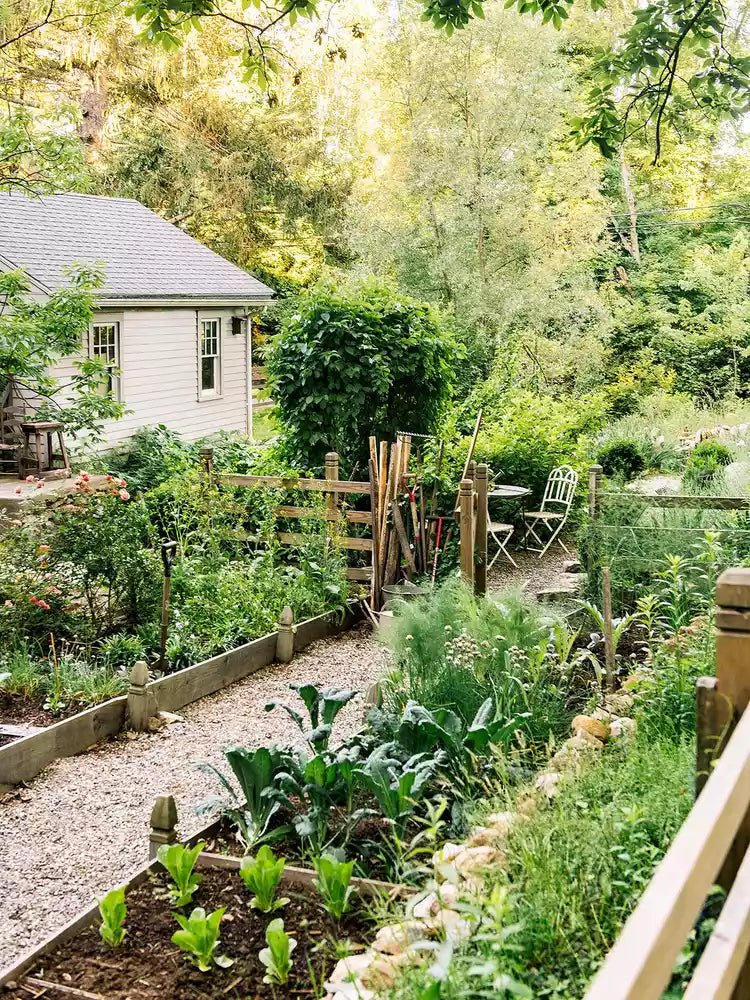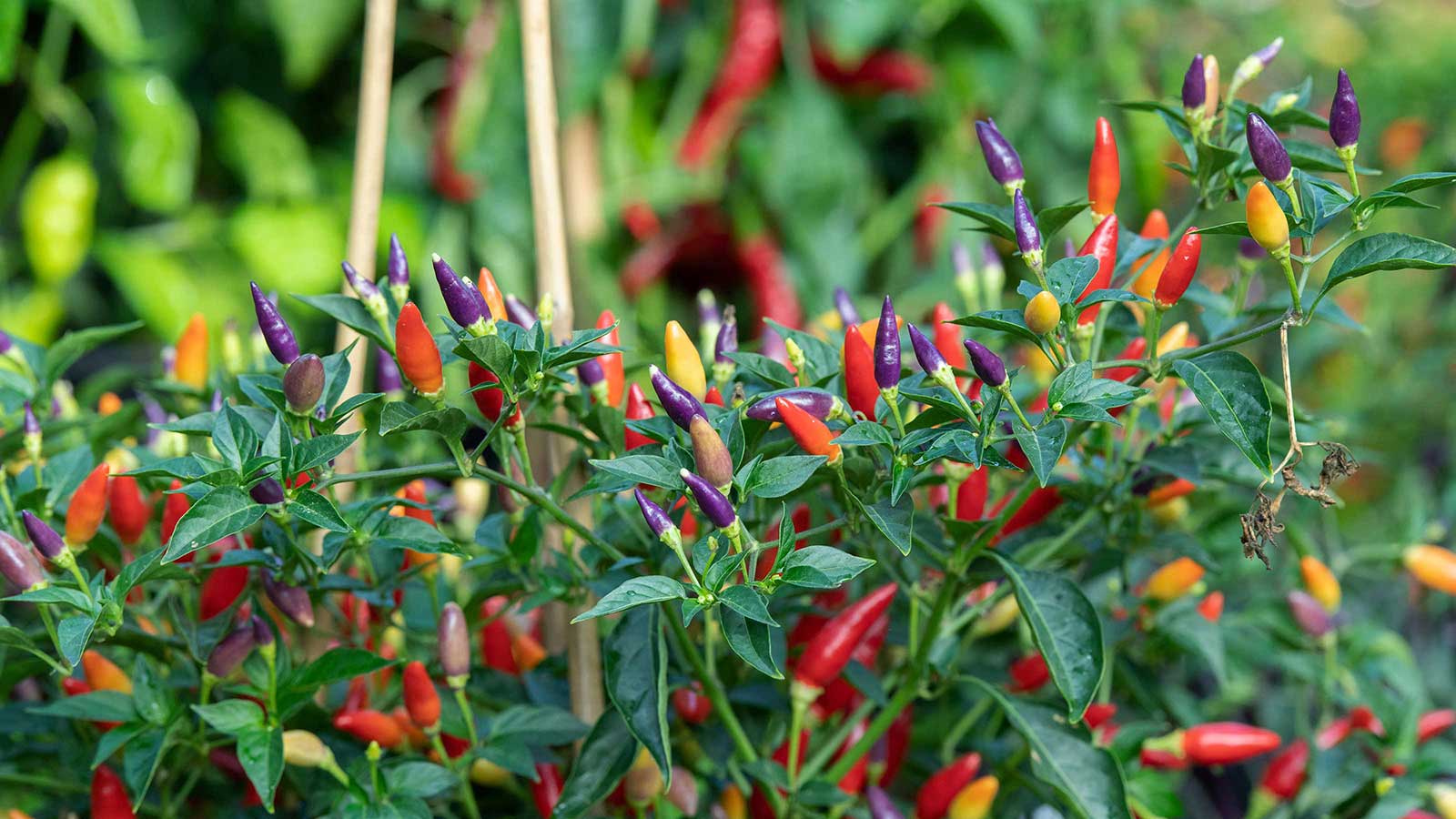
Natural Garden Remedies: 4 Homemade Plant-Based Solutions for Pest Control
A guide for the mindful gardener
If you, like me, find peace in tending to your garden with your hands in the soil and the sun on your shoulders, you probably care deeply about what goes into that soil too. Pest control doesn’t have to be harsh or synthetic. There are beautiful, natural alternatives you can create yourself—right in your kitchen or backyard. Today, I’m sharing four beloved plant-based purine recipes that have been used for generations to keep home gardens thriving.
These recipes come straight from small-scale farmers and experts in agroecology who understand how to work with nature, not against it. They’re cost-effective, simple to prepare, and deeply aligned with the rhythm of slow, seasonal living.
What is a purine?
Purines (also called biopreparations) are natural infusions or fermented plant solutions made to nourish or protect your crops. Each one draws on the powerful active principles of herbs and garden plants to repel or prevent common pests—without hurting the soil, your plants, or your health.
You’ll need:
- A large bucket (10–20 liters / 2.6–5.3 gallons)
- Water (ideally unchlorinated)
- Fresh plant material
- A bit of patience and love :)
You can store your finished purines in reused glass bottles or sealed jars in a cool, shaded space.
1. Horsetail Purine (Equisetum Arvense)
Ideal for: Aphids, red spider mites, fungal prevention
How to make it:
- Chop 100g (3.5 oz) of fresh horsetail
- Add to 1 liter (1.05 qt) of water and let sit for 24 hours
- Then simmer for 15–30 minutes
- Let cool, cover, and strain
- Dilute: 1 part purine to 5 parts water
- Optional: Add a bit of grated natural soap to help it stick to leaves
When to use it: Apply on dry, sunny days in spring or summer. You can spray directly on leaves or water it into the soil.
2. Spicy Chili & Soap Purine
Ideal for: Citrus mites, aphids, whiteflies, ants, and more
How to make it:
- Crush 250g (8.8 oz) of spicy red chilies
- Add 2 liters (2.1 qt) of water and let sit for 24 hours
- Separately, dissolve ¼ bar of white soap in 1 liter (1.05 qt) of warm water
- Combine both liquids and strain
-
Dilute with 10 liters (10.5 qt) of clean water
Tip: Always wear gloves and avoid contact with eyes.

3. Basil Purine
Ideal for: Leafminers, armyworms, caterpillars
How to make it:
- Fill half of a 20-liter(5.3 gal) bucket with tightly packed basil
- Fill the rest with unchlorinated water
- Cover loosely and let ferment for 15 days, stirring daily
How to use it: Spray directly on leaves to deter insects. It has both repellent and insecticidal properties.

4. Fermented Nettle Purine
Ideal for: General pest prevention: aphids, mites, caterpillars, and more
How to make it:
- Fill half a large bucket with nettle stems and leaves (wear gloves!)
- Fill the rest with water
- Ferment for 15 days, stirring daily. It will bubble!
- When bubbling stops, it's ready
Dilute: 1 part purine to 9 parts water
Use: Spray directly on plant leaves or around the base
Why we choose slow, homemade care
There is something so empowering about crafting your own garden remedies. Not only are you avoiding harmful chemicals, but you’re also creating a circular practice of care—harvesting plants that grow near you to protect the ones you’re cultivating.
As you stir your bucket of fermenting nettles each morning, you’re not just making pest control. You’re forming a rhythm with the land. You’re learning its language.
These slow methods ask for a little patience, but they give back in abundance: health, harmony, and deep connection.

